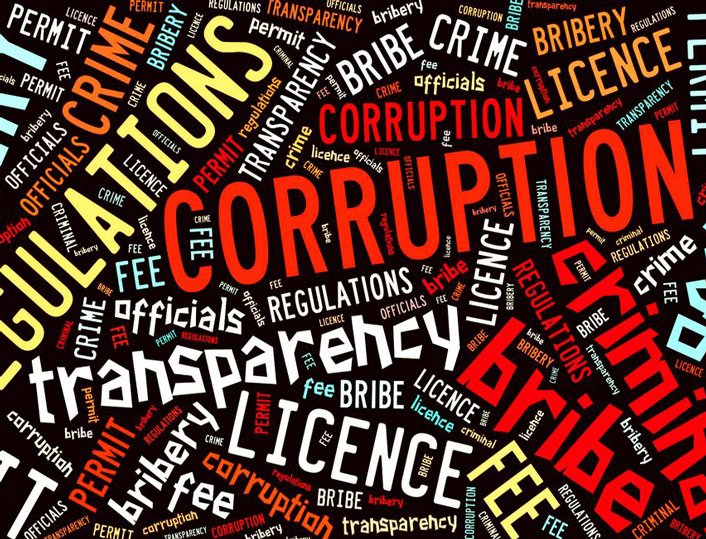Abdullah Kamran
Pakistan’s information technology (IT) sector has continued its remarkable growth trajectory, posting record-breaking export figures in October 2025. According to official data, the country’s IT exports reached an unprecedented USD386 million during the month, marking the highest monthly total in Pakistan’s history. This achievement reflects a robust 17 percent year-on-year increase and a 5 percent month-on-month rise, surpassing the 12-month average of USD332 million. October 2025 represents the fifth consecutive month of sustained year-on-year growth in IT exports, beginning in June 2025, signaling a significant upward trend in the sector.
The strong performance in October has propelled total IT export receipts for the first four months of fiscal year 2026 (FY26) to USD1.4 billion, representing a 20 percent increase compared to the same period in the previous fiscal year. On a daily basis, average IT export proceeds reached USD16.78 million in October, slightly higher than the USD16.64 million recorded in September. Analysts highlight that this consistent growth pattern underscores the resilience of Pakistan’s IT industry, even in the face of global economic uncertainty and regional challenges.
Industry specialists attribute the sustained expansion to multiple factors. Local IT firms have successfully diversified and expanded their client portfolios, particularly in the Gulf Cooperation Council (GCC) region, where demand for software solutions, digital services, and IT-enabled business services has been rising steadily. Additionally, recent facilitation measures by the State Bank of Pakistan (SBP) have played a pivotal role. Among these reforms is the enhancement of the permissible retention limit for IT exporters to 50 percent in Specialized Foreign Currency Accounts, enabling companies to maintain a greater share of their foreign earnings domestically. Furthermore, approvals for equity investments abroad through these accounts have provided firms with additional flexibility for international operations and growth.
Relative stability in the exchange rate has also bolstered confidence among exporters, allowing companies to remit a higher proportion of their foreign earnings into Pakistan without the risk of significant currency depreciation. Findings from a Pakistan Software Houses Association (P@SHA) survey indicate that 62 percent of IT companies are currently utilizing Specialized Foreign Currency Accounts, highlighting the sector’s adaptation to the revised regulatory framework and proactive engagement with policy reforms.
Net IT exports, defined as total exports minus imports of IT-related goods and services, reached USD335 million in October 2025. This figure represents a 12 percent year-on-year increase and a 2 percent month-on-month rise, surpassing the 12-month average of USD292 million. The net export data demonstrates that Pakistan’s IT sector is not only generating significant revenue but is also contributing positively to the country’s balance of payments, a critical factor for macroeconomic stability.
Pakistan’s government has set ambitious targets for the IT sector under its national economic agenda. For FY26, authorities aim for USD5 billion in total IT exports. Based on current trends and industry projections, full-year exports are expected to grow between 18 to 20 percent, bringing total receipts to approximately USD4.5 billion, compared to USD3.8 billion in FY25. This growth is being fueled by both domestic reforms and increasing global demand for IT solutions, software development, and IT-enabled services.
The “Uraan Pakistan” national economic plan has outlined a long-term vision for the IT sector, targeting USD10 billion in IT exports by FY29. Achieving this target implies a compound annual growth rate (CAGR) of approximately 27 percent over the next four years. Industry analysts emphasize that such growth would position Pakistan among the leading IT exporters in South Asia and would significantly contribute to job creation, foreign exchange earnings, and the overall digital transformation of the national economy.
The government’s initiatives are complemented by industry-driven innovation, as IT firms continue to diversify their service offerings, invest in new technologies, and target emerging global markets. Expansion into cloud computing, cybersecurity services, enterprise software development, and fintech solutions has enabled Pakistani companies to meet international standards and compete effectively with regional and global players. These developments reflect a growing maturity in the IT sector and demonstrate its capacity to generate sustainable economic growth.
Supportive regulatory measures, such as simplified export procedures, streamlined tax policies, and foreign exchange facilitation, have further strengthened the sector. By enabling companies to retain and reinvest earnings, policymakers have created an environment conducive to scaling operations and attracting foreign investment. As a result, Pakistan is increasingly becoming a preferred outsourcing and technology hub for clients across the Middle East, North America, Europe, and Asia.
Moreover, public-private partnerships have been instrumental in enhancing skills development, fostering innovation, and promoting entrepreneurship within the IT ecosystem. Initiatives such as technology incubators, start-up accelerators, and university-industry collaborations are producing a workforce capable of meeting international standards and sustaining long-term sector growth.
Looking ahead, experts believe that Pakistan’s IT exports can surpass the USD20 billion mark by 2030, provided current trends continue and government-industry collaboration remains strong. Achieving this milestone would require continuous policy support, investment in human capital, enhanced infrastructure, and strategic engagement with global markets.
The remarkable performance in October 2025 signals that Pakistan’s IT sector is on a strong growth trajectory. With sustained investment, innovation, and regulatory support, the industry has the potential to become a cornerstone of Pakistan’s economic development, contributing significantly to employment, exports, and digital transformation. The path to a $20 billion IT export economy is now within reach, reflecting the combined efforts of policymakers, industry stakeholders, and entrepreneurs committed to a modern, globally competitive Pakistan.














